Features of growing shallots
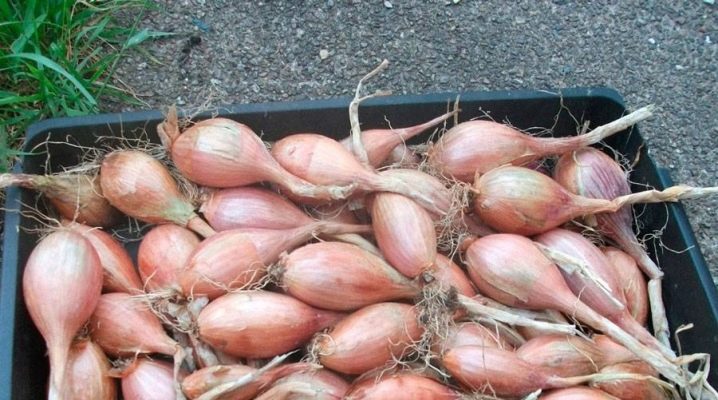
Ashkelon onions, charlottes, shallots and even Old Believers are just a few of the names for shallots. First he appeared in the restaurant industry, then in every supermarket, and now also in the gardens. Because it is tasty, healthy and appetizing from a decorative point of view, even outwardly. But how to grow it so that the harvest is enviable is worth understanding in detail.
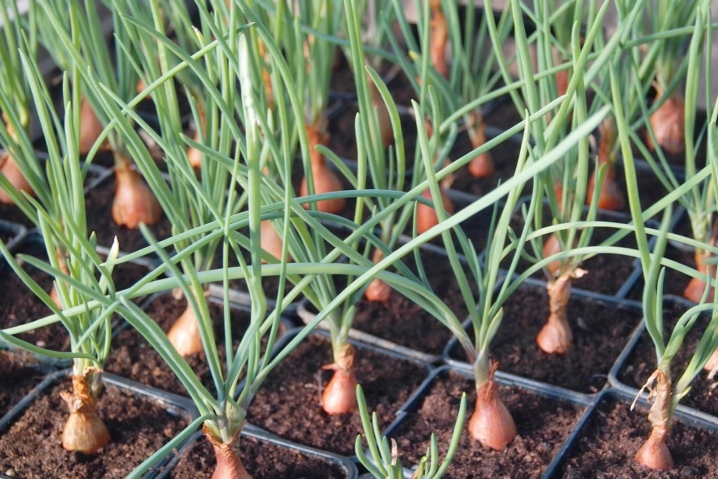
Landing dates
Fortunately, the family onion (which is another common name for the culture) is considered a cold-resistant plant. It will calmly endure temperature fluctuations, and therefore there are usually no problems with planting onions in open ground. In principle, as soon as the snow has melted in the spring, it can be planted. In the southern regions this is done even at the end of February, and in the northern regions - not earlier than the end of April. There are many benefits to be found in early planting. For example, the onion fly, a dangerous pest, simply cannot lay the larvae in the neck of the root crop at the end of May.

By the way, experienced vegetable growers assure that it is better to distinguish between the planting of onions, which are grown for herbs and exclusively for seasonal use, and onions, which are harvested for the coming season (for storage) and for planting as well. Because, for example, to get a large head, you cannot regularly cut off the feathers from a plant. And plucking greens for salad and other dishes, it will not work to grow the onion itself large.
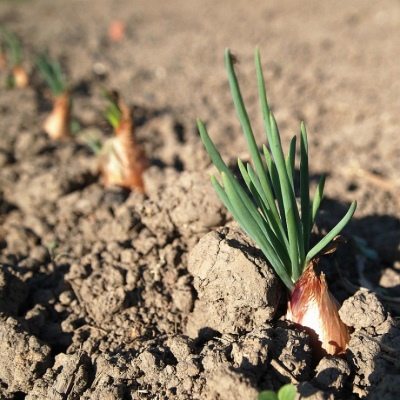
Those who know little about Ashkelon onions and consider them a copy of onions will probably be surprised by the following information: shallots always grow in nests, and onions grow singly. A shallot head is a few cloves that resemble garlic. Finally, this onion is more tender, its flesh is more pleasant, and the aroma is also more delicate. It is not so demanding, you can plant it earlier, and it ripens faster. And, what is important, keeping the onion heads at room temperature, you don't have to worry - they will not fade. The same onions are much more capricious.
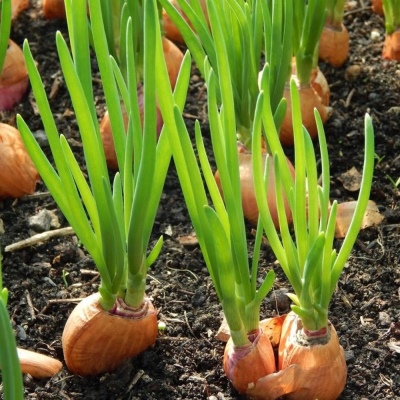
Seat selection
Choosing a suitable site for growing shallots is half the battle. The place should be well lit: warming up with the sun's rays is extremely important for the future harvest, in the shade this plant bears so-so. The best predecessors for this crop are cucumbers, legumes, zucchini, cabbage, tomatoes and potatoes. But you can't grow shallots where garlic, corn, beets, carrots and various representatives of the onion family grew last season.
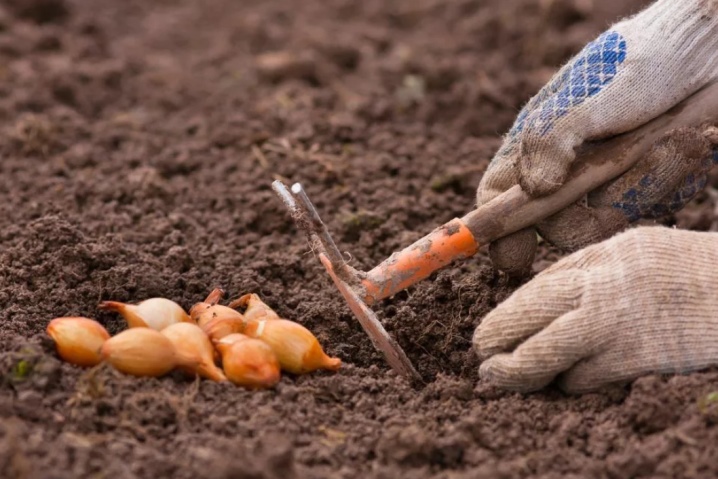
Growing shallots next to onions is a bad option. Plants cross easily, and this is a significant disadvantage for yield indicators. It is good if carrots grow nearby, because in the community of cultures they qualitatively scare off pests. Cucumbers, radishes, lettuce (various types) and strawberries are considered good neighbors.
Onion soil needs moderately moist, loose, with weak or neutral acidity.
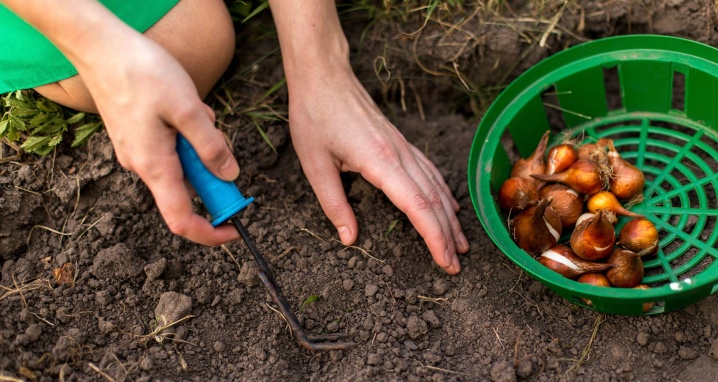
Otherwise, the bulbs will be small, the feathers will quickly turn from green to yellow. On loam and sandy loam soil, shallot is best.
Soil preparation
Of course, the soil is prepared in advance. If you plan to plant a crop in the traditional early spring period, you will have to prepare the land in the fall. The beds are dug to a depth of 25 cm, all weeds and plant residues are removed from the soil, and then fertilizers are applied.
Fertilizer recipe per square meter: 30 g superphosphate, 3 tablespoons wood ash, 20 g potash fertilizers, 3.5 kg compost / rotted manure and 1 teaspoon urea... And in the spring, it will be necessary to apply nitrogen fertilizer (25 g per 1 square meter) to the already formed beds, and then mix it with the soil.
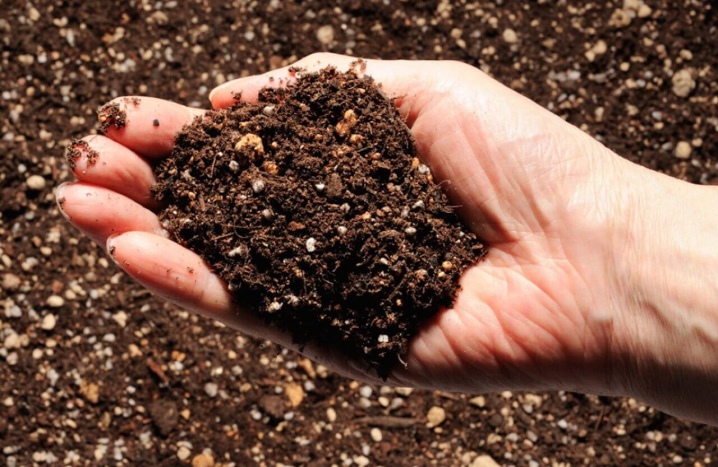
If planting is planned for the winter (this is also possible under certain conditions), the site is prepared in the summer, but the sequence of actions will be the same as for spring planting.
Planting material processing
The future planting will be useful to protect against diseases, and also to stimulate the growth of culture. This is all considered seed treatment. And the seed is either bulbs or seeds.
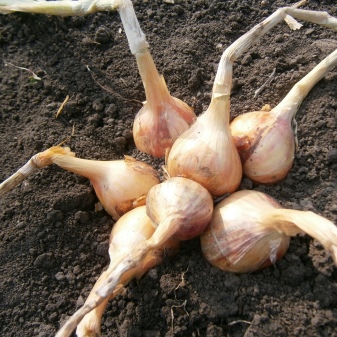
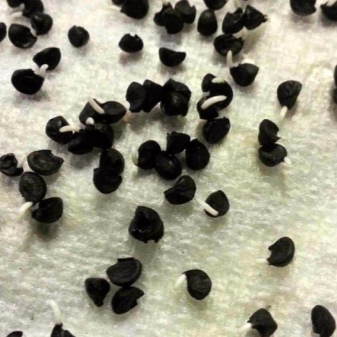
We will learn how to prepare bulbs for planting.
- First you need to sort them.... The best specimens are considered to be heads of 30 g, reaching 3 cm in diameter. It is they who will form the multi-bulbous "family". If you take larger specimens, they will give many heads, but small ones. And if you use very small onions, they will be low-yielding, and you will have to enjoy the delicious vegetable later than usual.
- A week before planting, the selected seed is immersed in warm water for 8-10 hours. Its approximate temperature is +40 degrees.
- Before planting, the neck of the onion set should be cut along the "shoulders", this will stimulate the quickest growth of greenery.
- Sevkas are soaked for 25 minutes in a manganese solution or fungicide... This disinfects the material well.
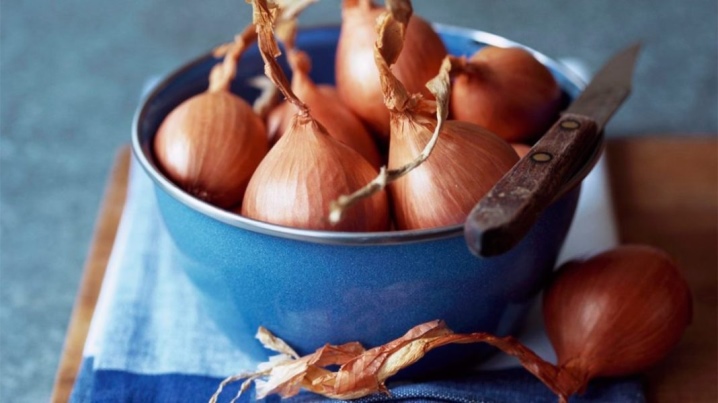
If the main task is to get an early harvest of greens (namely, feathers), already sprouted onions are planted in the ground.
They should be pre-warmed in a warm room with an increased humidity level for at least 2 weeks.
It happens that it is decided to take seeds for sowing. But this is usually done to update the planting material, that is, they are planted in the spring, and the onion grows by the beginning of autumn. In order for the seed to be of high quality, the seeds must be germinated: 1 or 2 days in a damp cotton cloth or gauze. And so that the moisture does not go away, the seeds are constantly sprayed with warm water. Then they are dried and scattered in the garden.
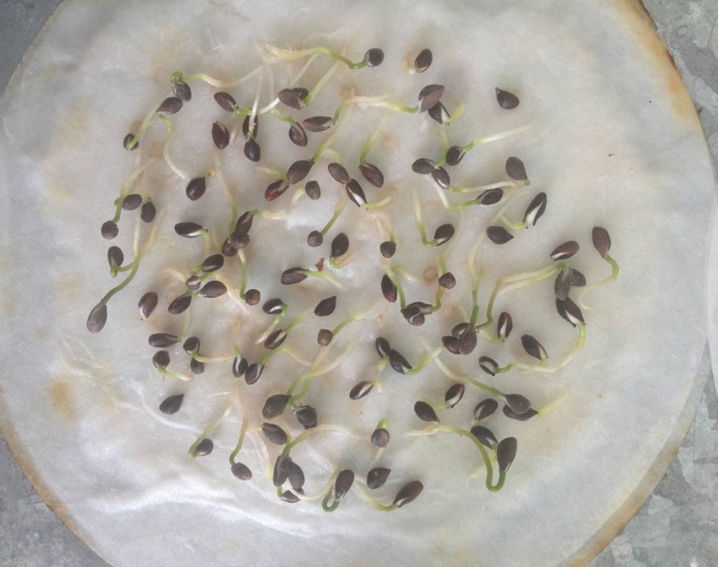
How to plant correctly?
Planting is even easier than preparing seed.
Here's how to plant shallots outdoors.
- Observe the distance between the rows of at least 30 cm (40 cm is possible).
- The distance between the beads in a row is 20–30 cm.
- The spacing between seeds (if grown from seed) will be 8 cm.
- The bulbs are planted to a depth of 2-3 cm. If the setting is deeper, the growth of greens will be delayed, and the yield of the variety will drop. If, on the contrary, there is not enough depth, the plant heads will bulge out of the ground.
- If seeds are planted, they are sealed 12 cm down with the bottom. If the area is southern, the maximum depth is 10 cm.
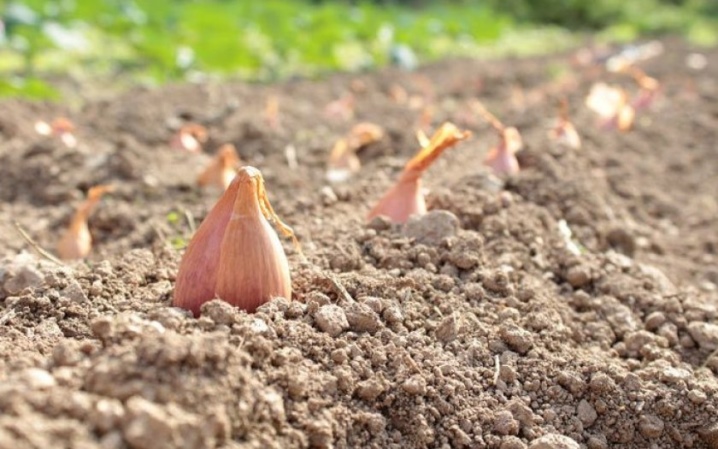
After planting, the bulbs must be sprinkled with earth, which is mixed with wood ash in a ratio of 3 to 1. The land must be watered. Next, the planting is mulched, covered with a peat layer or humus. The thickness of such a layer is 4 cm. If the shallots are planted in the fall, it would be nice to cover the beds with spruce branches, which are removed in early spring.
As already noted, shallots are not afraid of cold weather.... It will even endure -25 degrees. And everything that is even lower, he can no longer overcome: frozen onions decently reduce their yield.
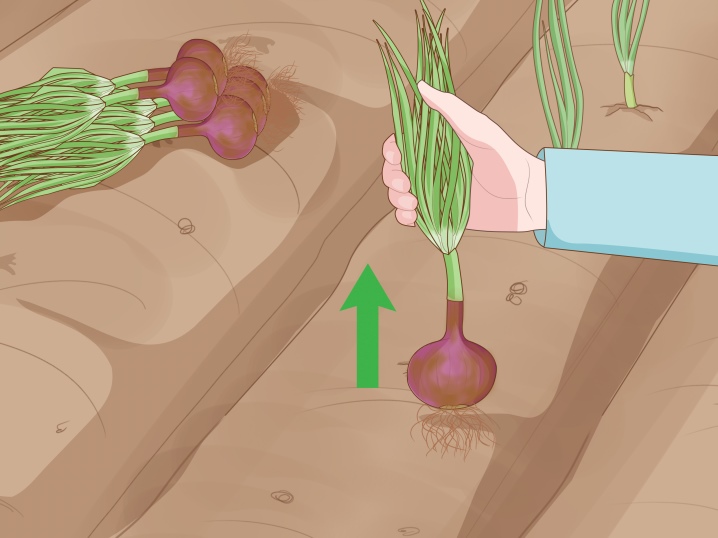
Care
After sowing, the plant also needs to be looked after. And this is a whole range of activities.
Watering
The growing season requires at least three watering of the garden bed. But without specific clarifications, water can be harmful.
What you need to know about watering shallots in the country:
- abundant watering is necessary for the plant only after sowing, then the soil must simply be moistened, making sure that the earth does not dry out;
- the organization of watering always correlates with the weather - on rainy days, artificial humidification is not required, but if there is a drought, then it is definitely worth watering the bed once a week;
- 3-4 weeks before the culture ripens, watering is minimized, otherwise onion feathers will quickly turn yellow, or even dry out.
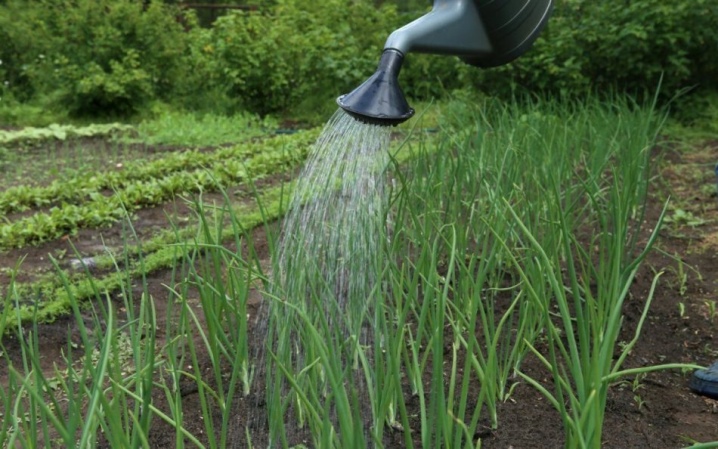
At the beginning of July, watering is stopped altogether. If this is not done, the bushes will grow greenery with excessive activity. And bulbs with an abundance of feathers become small.
Top dressing
During the growing season, feeding should be at least two times a day. The first is carried out when three feathers are visible. It can be organic matter: a solution of mullein in a ratio of 1 to 10 or a solution of bird droppings in a ratio of 1 to 15. 1 bucket of such a composition goes to 10 squares of land. You can also take a mixture of ammonium nitrate and superphosphate: 10 to 10 per square. You can use 1 tablespoon of urea, half a tablespoon of potash fertilizer in a standard bucket of water.
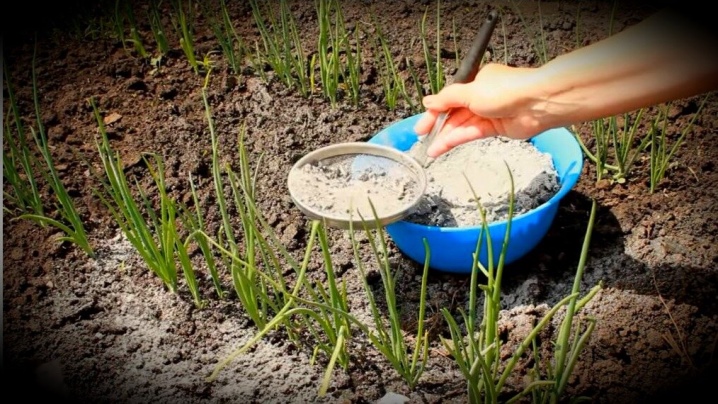
The next feeding during the cultivation of the plant occurs at the time of the bulbous formation, when already 5 feathers will stick out of the ground. The plant needs phosphorus and potassium, which means that a mixture of 10 g of potassium chloride and 15 g of superphosphate for the same bucket of water will be useful to him.
But a month before the time of harvest, feeding stops: if they are not finished, it will not work to grow large onions - all the forces will be spent on growing greens.
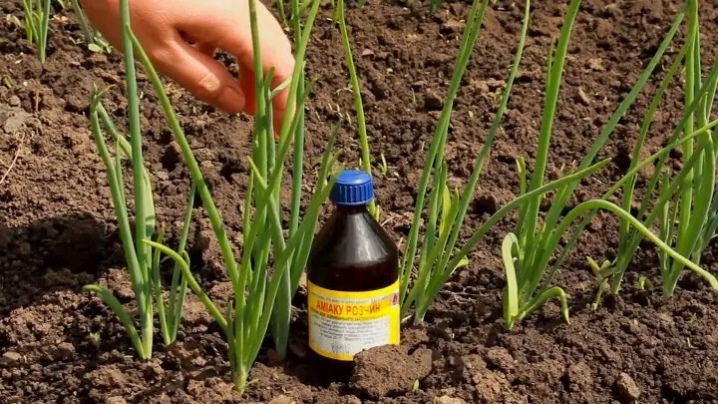
Loosening and weeding
It is imperative to loosen the ground, otherwise the air will not flow to the roots of the onion. The process should be carried out at least once a week, and it is better to set the mode to 2 loosening. This will prevent a crust from forming on the surface of the substrate, namely, it prevents moisture from evenly getting to the roots of the bulbs.
Weeding is practically inseparable from loosening, because fast-growing weeds must be removed without waiting for them to seize the territory. They clog useful landings. And without weeding, it is impossible to imagine a full-fledged fight against pests and viral diseases.
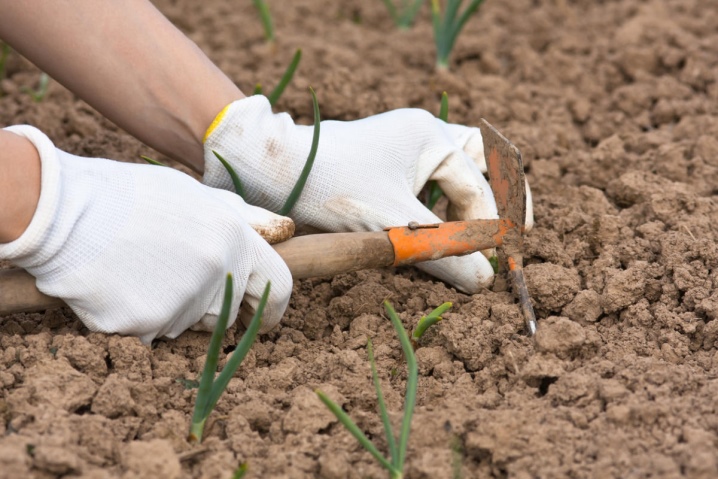
Thinning
The arrows that appear must be broken off immediately until they have grown to 10 cm.In early July, the shallot nests should also be thinned out: be sure to shake them in order to throw off the earthen ball, remove all small heads right with the greens, leaving 5-6 well-developed primordia. All these features of agricultural technology pursue one goal - to grow large onions.
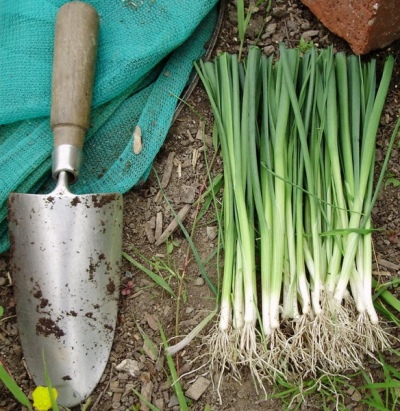
Diseases and pests
Not to say that shallots are a very painful plant. But still, there is a certain danger - mostly for the vegetable growing on the site. The same that develops on the windowsill, these misfortunes do not threaten so much.
What fungal diseases attack the culture:
- fusarium;
- powdery mildew;
- downy mildew;
- neck rot.
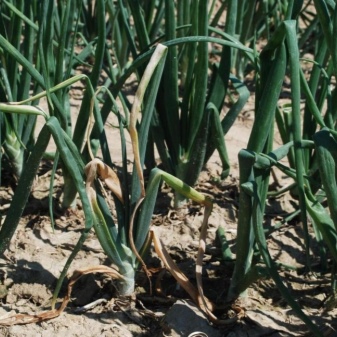
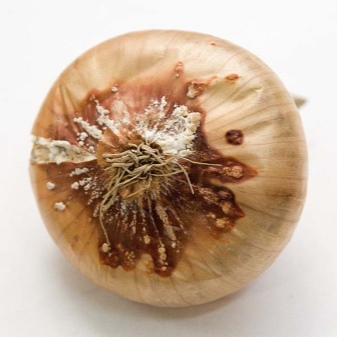
It can be said that the infected specimens cannot be helped. They will waste away very quickly. Therefore, it is better to just dig them up and destroy them so that they do not have time to infect the rest of the seedlings. What is still great is to be treated with fungicides ("Pentophag" will help, "Mikosan"). It must be remembered that after drug manipulations, you cannot eat shallots for some time, the specific period is indicated on the packaging of the product.

Find out what pests threaten the shallot.
- Onion fly. It becomes more active during the cherry blossom season. Fly larvae are dangerous for the shallots, the feathers of which will turn white and wither. It is worth walking over the plant and the soil around it with wood ash.
- Onion nematode. Bends the bottom of the mother's bulb, which can infect the entire planting. Affected plants must be removed immediately, without regret. The planting material will have to be treated with a 4% formalin solution (soak it in it for a short time).
- Worms... Feathers are watered with a saline solution with the calculation of 1 glass of salt per 1 bucket of water - such actions against the pest are usually sufficient.
- Aphid garden. Occupies feathers and quickly sucks all the juices out of them.
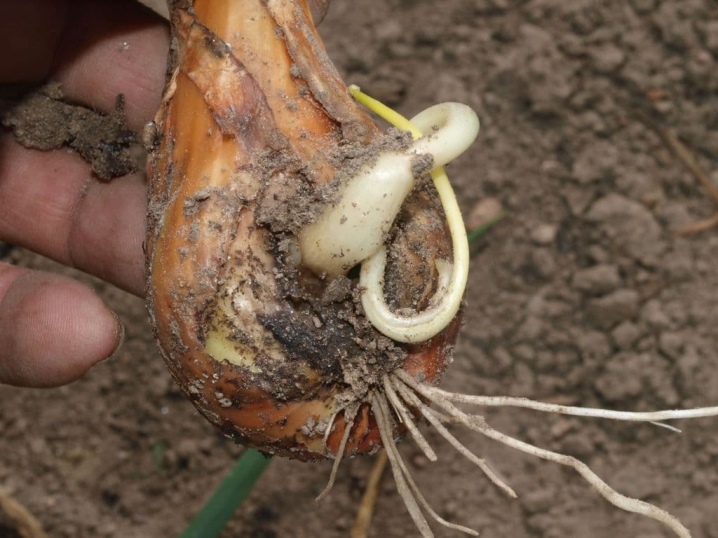
Treatment of onions with pepper decoction or a decoction of chamomile helps well against aphids. If it is decided to trust special drugs, it will be "Verticillin".
In general, shallots are an unproblematic culture, and in one more season it can fall in love with all households.Because its greens are tasty and healthy, the bulbs make dishes very tender (both when raw onions are added, and thermally processed). Careful and careful cultivation of shallots is definitely worth your while!
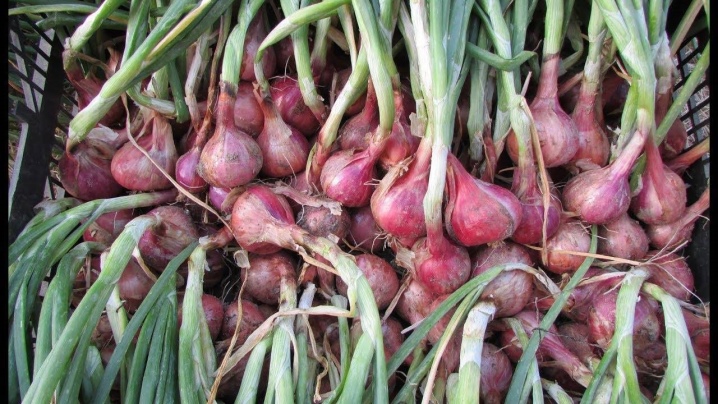













The comment was sent successfully.